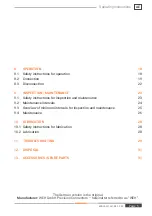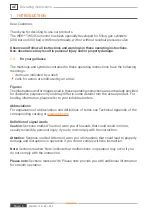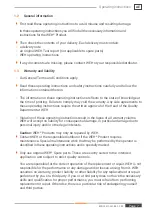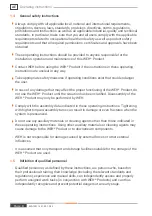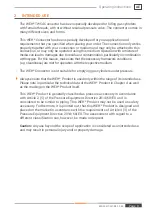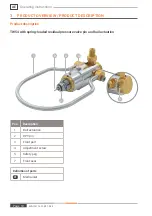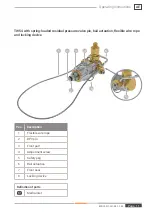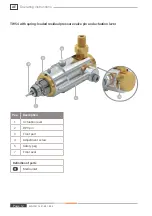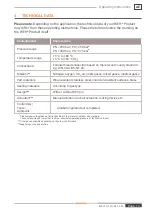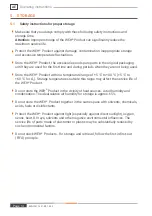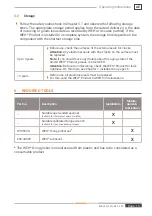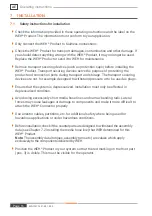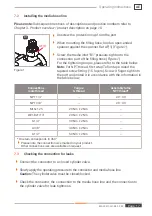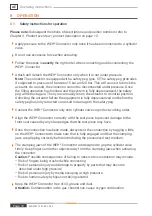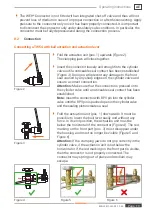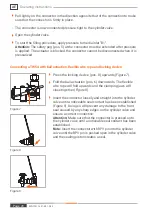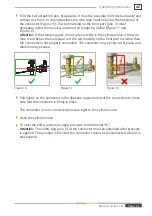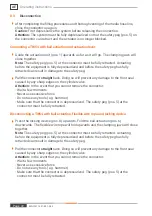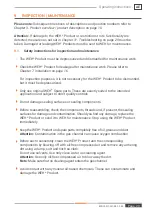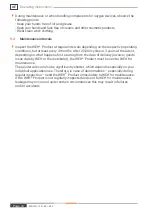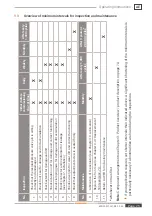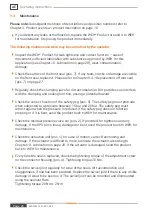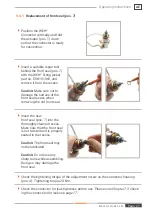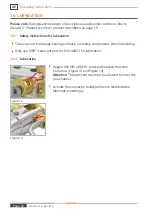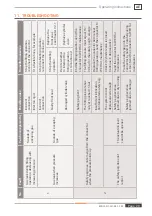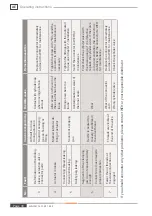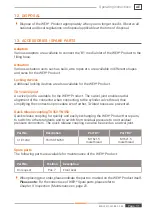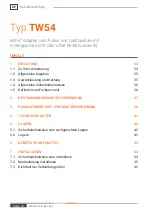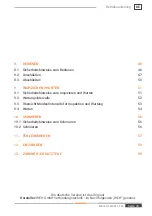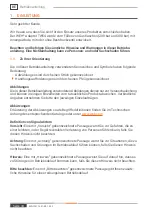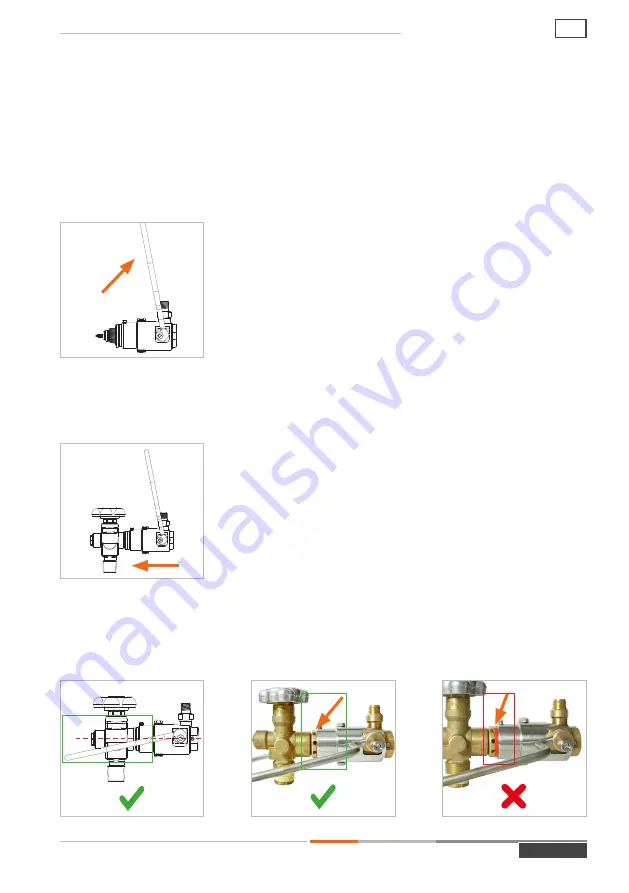
Î
The WEH
®
Connector is not fitted with an integrated shut-off valve and thus will not
prevent loss of medium in case of improper connection or after disconnecting. Apply
pressure to the connector only once it has been properly connected. It is important
to disconnect the connector only under absolutely safe conditions. In particular, the
connector must be fully depressurized during the connection process.
8�2
Connection
Connecting a TW54 with bail actuation and actuation lever
Î
Fold the actuation unit (pos. 1) upwards (
).
The clamping jaws will close together.
Î
Insert the connector loosely and straight into the cylinder
valve until a noticeable seal contact has been established
(
). Doing so will prevent any damage to the front
seal caused by any sharp edges on the cylinder valve and
ensure a correct connection.
Attention:
Make sure that the connector is pressed onto
the cylinder valve until a noticeable seal contact has been
established.
Note:
Insert the connector with RPV pin into the cylinder
valve until the RPV pin is pushed open in the cylinder valve
and the sealing piston creates a seal.
Î
Fold the actuation unit (pos. 1) downwards. It must be
possible to lower the bail/lever easily and without any
force. In its end position, the actuation unit must be
below the horizontal of the connector (
). The red
marking on the front part (pos. 3) must disappear under
the housing and must no longer be visible (
and
).
Attention:
If the clamping jaws do not grip correctly in the
cylinder valve, if the actuation unit is not below the
horizontal or if the red marking on the front part is visible,
then the connector is not properly connected. The
connector may spring out of place and medium may
escape.
Figure 2
Figure 3
Figure 6
Figure 5
Figure 4
MD-10017-L51-R2.1.0-03
Page 19
Operating instructions
AE
Summary of Contents for TW54
Page 2: ......

